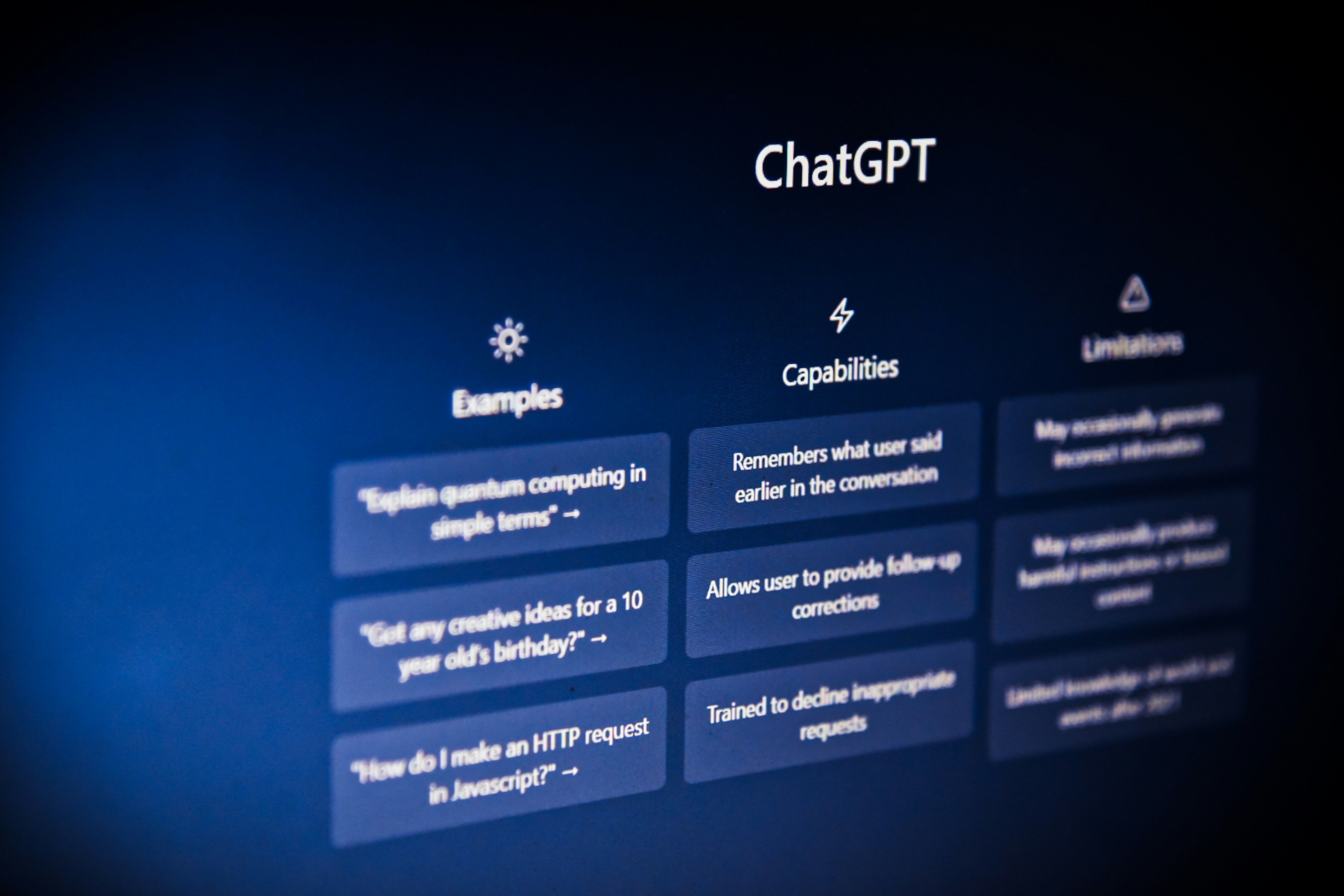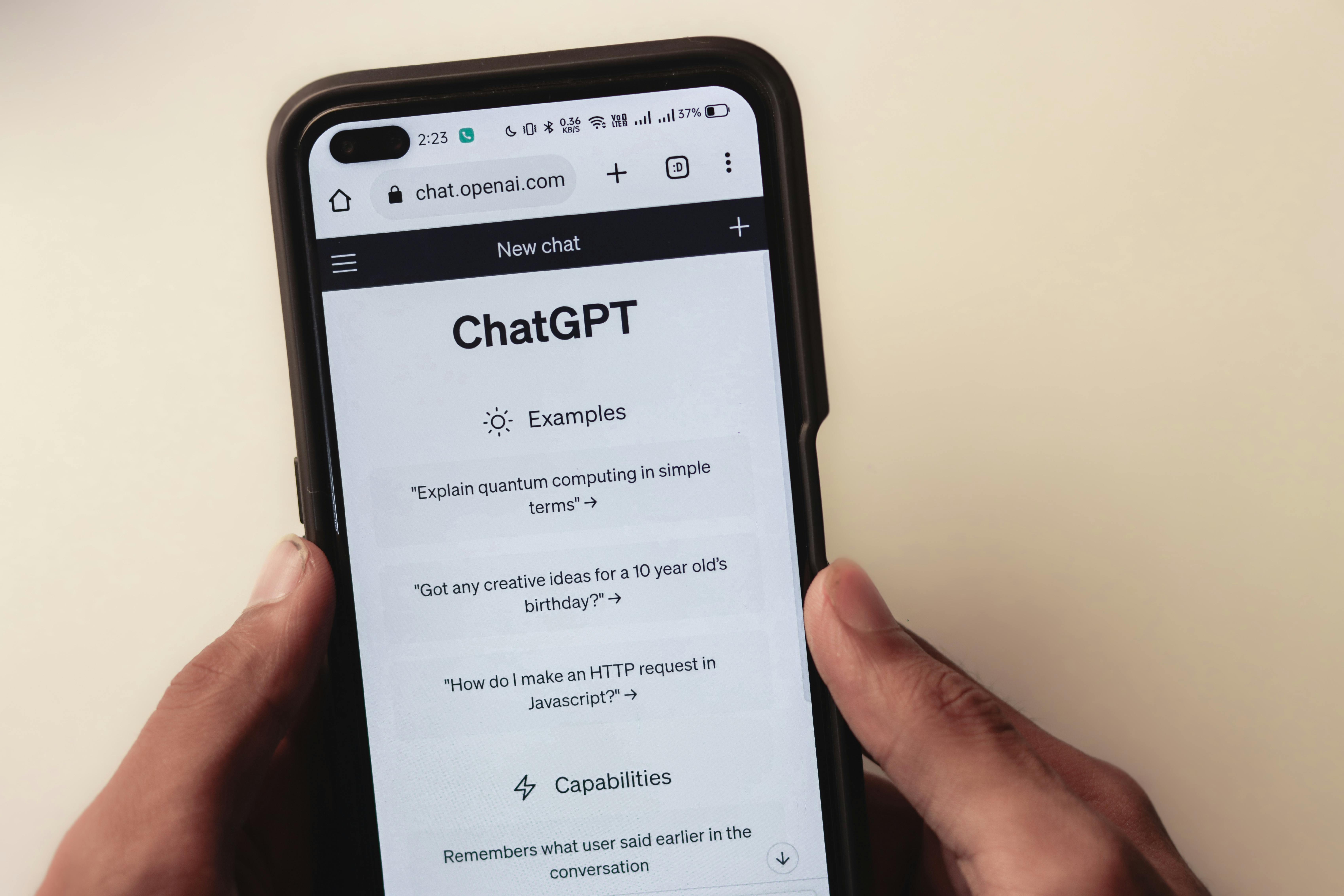The development of OpenAI's GPT-5 has intrigued the tech community. Poised to surpass its predecessor, GPT-4, in numerous ways, expectations are high for this next-generation model. With potential advancements in intelligent processing and an anticipated release approaching, understanding what GPT-5 brings to the table is essential for both enthusiasts and professionals.
GPT-5's hype and industry anticipation
The anticipation for GPT-5 is not unfounded. It has been labeled as one of the most awaited advancements in the realm of artificial intelligence. Following its predecessor's impressive capabilities, GPT-5 is expected to bring even more refined features, speed, and accuracy in processing natural language, making it more akin to human-like interactions. Industry experts and technologists are keenly watching for any development related to its release, as this model promises to enhance AI applications across various sectors significantly.
How does GPT-5 stack up against GPT-4?
GPT-5 is set to be a notable leap from GPT-4, primarily in intelligence and efficiency. While GPT-4 marked a significant improvement over its own predecessors with increased reliability and a broader understanding of context, GPT-5 aims to outshine by not only expanding these aspects but also enhancing reasoning abilities and multimodal interactions. Initial reports suggest that GPT-5 will integrate more advanced multimodal capabilities to process and generate text, voice, and possibly images, stepping significantly ahead in creating more engaging and versatile AI tools.
Expected Features and Enhancements in GPT-5

Photo by Levart_Photographer on Unsplash
Advanced reasoning and reduced errors
GPT-5 represents a profound leap forward in AI reasoning capabilities and error management. Through refined deep learning algorithms and training on expansive and diverse datasets, GPT-5 anticipates significantly improved reasoning and error reduction. This model is designed to provide more reliable, context-aware responses while minimizing inaccuracies known as AI "hallucinations." Such improvements enhance GPT-5's usability in critical applications like factual content generation and real-time interaction, emphasizing its adaptability across various scenarios and increasing user trust.
Enhanced multimodal capabilities
GPT-5 is set to expand its multimodal functionalities, supporting a wider array of data inputs including text, images, audio, and potentially video. By integrating advanced multimodal capabilities, GPT-5 will foster new applications in areas like interactive media, educational content, and personalized communication tools. This inclusivity of multiple data types enhances interaction quality and broadens the scope for creative and practical applications, making the technology more versatile and accessible across diverse sectors.
Increased parameter size and performance
The upcoming GPT-5 model is projected to exhibit a significant increase in parameter count, thereby extending its data processing and language model capabilities exponentially. With advancements in neural network architecture, GPT-5 promises enhanced processing speeds and improved performance under complex computational conditions. This scale-up is crucial for dealing with large volumes of data and delivering more accurate, contextually relevant outputs, which will be pivotal for developers and end-users dealing with high-stakes data analytics and decision-making processes.
Impact of GPT-5 Across Various Sectors

Photo by Sanket Mishra / Pexels
Enhancement in AI-driven applications
GPT-5's advanced features are expected to transform AI-driven applications, increasing their efficacy and expanding their usability. In sectors like healthcare, finance, and customer service, GPT-5 can automate complex tasks, provide insightful analytics, and enhance user interactions through more naturalistic and personalized communication. Its ability to process and generate multilingual content will also break down language barriers, fostering global accessibility and connectivity.
Potential industry disruptions and transformations
GPT-5 is poised to disrupt traditional industries by introducing more efficient, scalable, and intelligent solutions. For instance, in publishing and content creation, GPT-5's enhanced language models can automate writing processes while maintaining a high level of creativity and context sensitivity. Similarly, in education, personalized learning experiences can be scaled using GPT-5's capabilities to adapt to individual learning styles and needs, potentially transforming pedagogical methods and learning outcomes.
Ethical considerations and AI safety
As GPT-5 integrates deeper into societal functions, ethical considerations and AI safety become increasingly paramount. The developers of GPT-5 are focusing on mechanisms to prevent misuse, ensure content appropriateness, and protect user data privacy. These efforts are crucial in maintaining public trust and establishing regulatory frameworks that promote ethical AI usage. Furthermore, by emphasizing transparency and user control, GPT-5 aims to align its functionalities with societal norms and legal standards, ensuring that advancements in AI contribute positively to societal progress.
GPT-5 in Practical Use

Photo by Alberlan Barros / Pexels
Healthcare automation and diagnostics
Advanced algorithms in GPT-5 are transforming healthcare by enhancing diagnostics and automating routine tasks. Physicians and healthcare providers use GPT-5 to interpret complex medical data, including imaging and test results, with higher accuracy and speed. For example, integrating GPT-5 into diagnostic systems has helped detect early signs of diseases such as cancer and diabetes by analyzing patterns that may be missed by human eyes. Additionally, GPT-5 supports personalized medicine approaches by predicting patient responses to various treatments based on historical data, ultimately improving patient outcomes while reducing costs.
Customer service and experience enhancement
In the realm of customer service, GPT-5 significantly enhances interaction quality and efficiency. Companies across various industries are deploying this sophisticated AI to manage customer inquiries, automate responses, and provide 24/7 assistance. For instance, online retailers use GPT-5-powered chatbots to offer personalized shopping advice and handle orders, returns, and complaints, creating a smoother customer experience. These AI systems learn from each interaction to better understand customer needs, leading to increased satisfaction and loyalty. Moreover, GPT-5 helps in analyzing customer feedback across platforms to improve products and services continually.
Education and personalized learning
Education is another sector reaping the benefits of GPT-5's capabilities. This AI model is being employed to create adaptive learning environments that cater to the individual needs of students. GPT-5-powered platforms can assess a student’s knowledge level and learning pace, adjusting the educational content accordingly. For teachers, GPT-5 provides assistive tools for grading and giving feedback, saving time and allowing them to focus more on teaching. Additionally, language learning apps utilize GPT-5 to provide real-time corrections and contextual language usage examples, making learning more interactive and effective for students worldwide.







